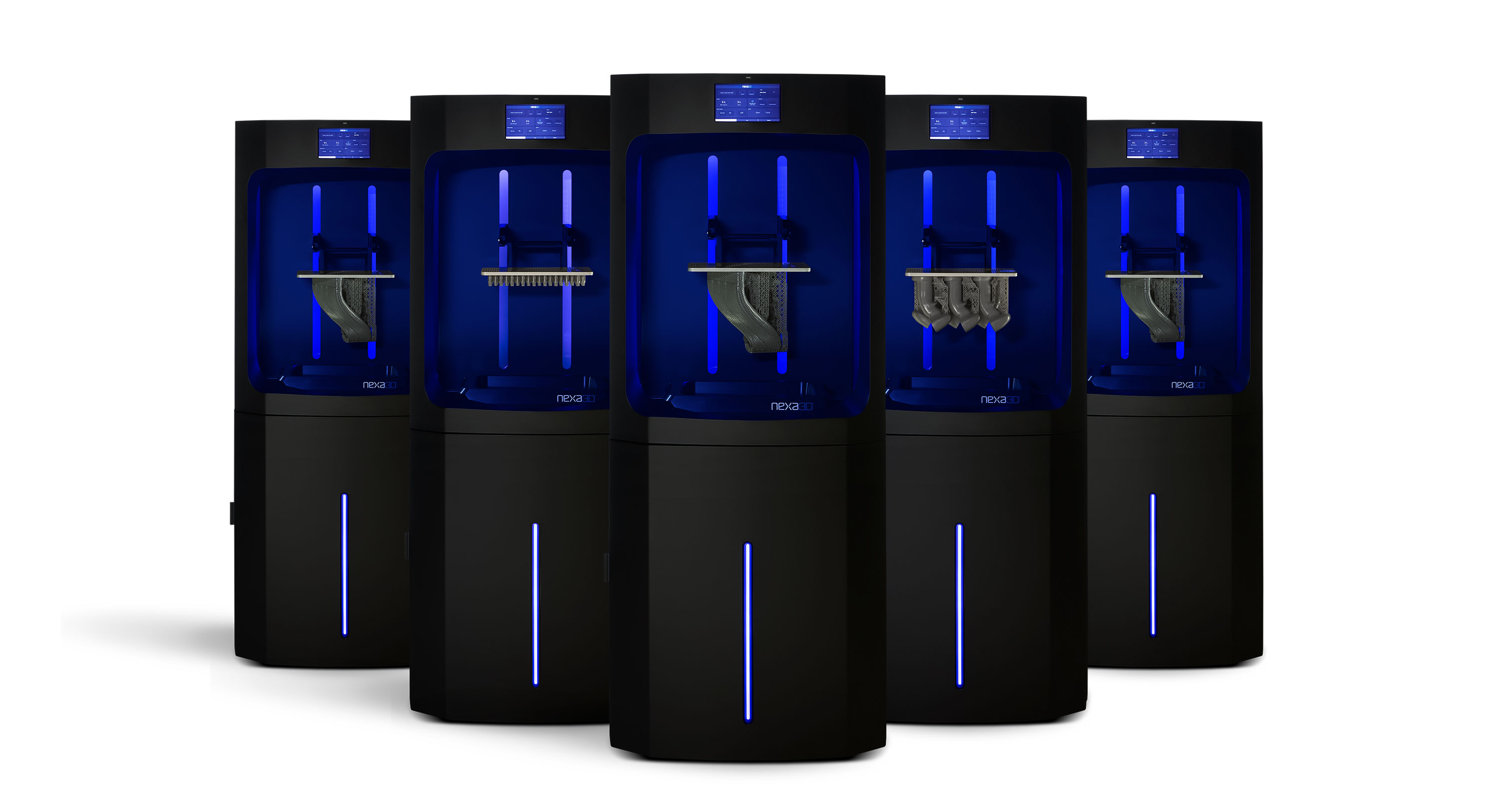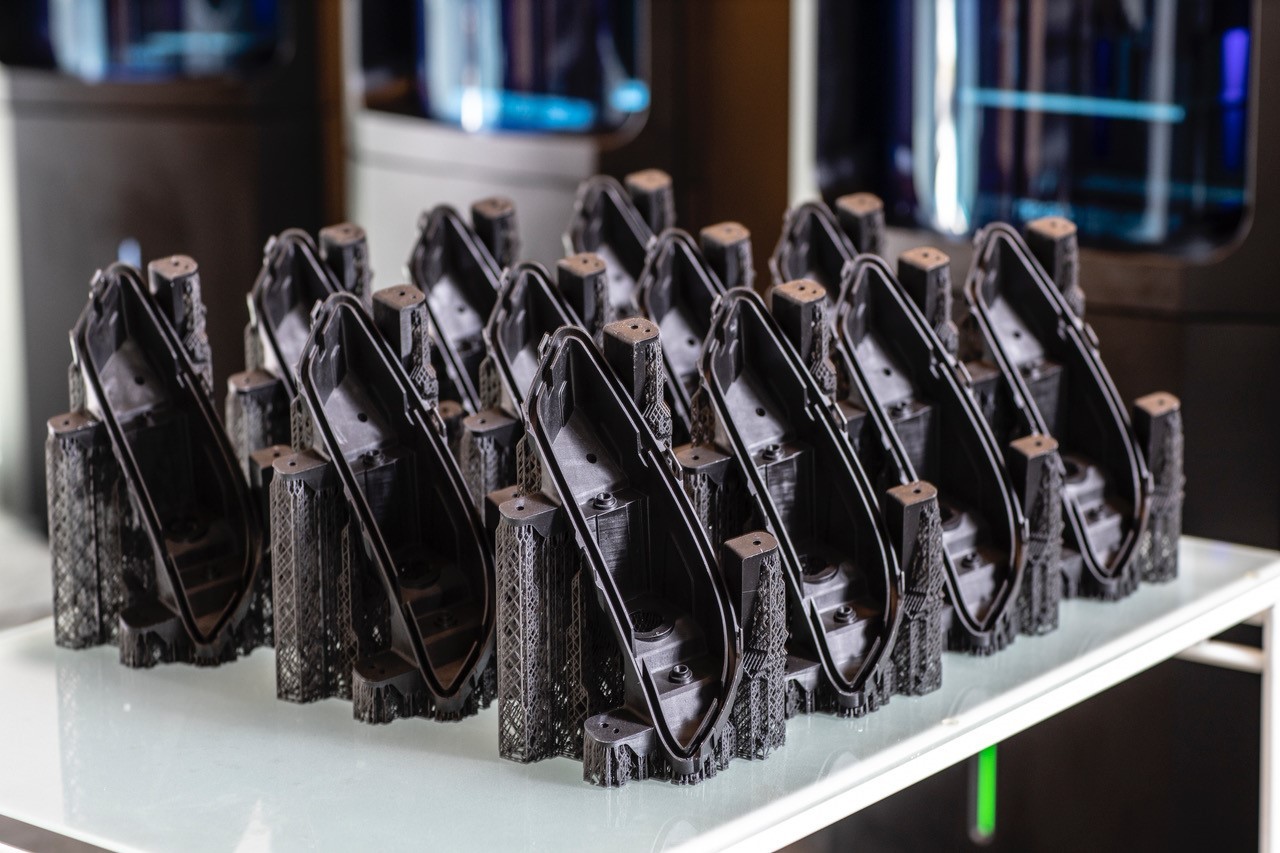3D printer manufacturer Nexa3D, together with chemicals company Henkel, has launched its new general purpose xPRO410 photopolymer resin. The rigid material is based on Henkel’s Loctite PRO410 polymer, and optimized for printing on Nexa3D’s NXE400 SLA 3D printer.
The company has also launched its new xCast resin, designed for the series production of precision metal investment casting patterns. Intended as a faster and toolless alternative to traditional pattern manufacturing, xCast is also optimized for the NXE400, and ideal for small and large parts in a wide variety of industries.
Readers interested in finding out more about the partnership between Nexa3D and Henkel, along with the company’s newly released materials, can do so at the Formnext Connect online event.

xPRO410
Nexa3D describes xPRO410 as an affordable, ultra-fast material that offers high part accuracy and excellent surface finishes. It is primarily targeted at 3D printing service providers looking to improve their same and next day part deliveries, as the material can be printed on an NXE400 at a continuous rate of up to 8L per hour. Once cured, the material is able to maintain a dimensional accuracy within 0.2%, and is capable of withstanding temperatures of up to 70°C. The company has expressed plans to include an xPRO410 sample with every sale of an NXE400.
Ken Kisner, Head of Innovation at Henkel, states: “We are excited to further expand our partnership with Nexa3D and provide market access to a new class of photopolymers just in time for Formnext Connect. These next steps in our collaboration with Nexa3D are casting a new light on additive polymers and shattering traditional 3D printing productivity, performance and cost barriers.”

xCast
The xCast resin, on the other hand, was developed with a specific application in mind. It is intended as an “economical and scalable” alternative to metal production, additive or otherwise, and was specially formulated to facilitate dip-shell and flask-type investment casting. The material reportedly features a clean burnout (necessary for excellent surface finishes) and delivers a significant productivity gain over traditional cast production, with users able to fabricate patterns in a day rather than several weeks.
Patterns printed in xCast can also be optimized using the company’s Digital Twin Printing software: NexaX. Specifically, the program’s process algorithms can be used to improve part performance, consistency, achieve higher yields, and minimize material and energy consumption.
Brent Zollinger, Head of Customer Success for Nexa3D, concludes: “We are thrilled to digitize parts within the investment casting process, while bringing 20X productivity gains to foundries. Having spent over two decades in the investment casting industry as a heavy user, it’s a privilege to be part of its transformation. What is particularly significant is that xCast patterns printed on the NXE400 dramatically reduce the cost of traditional investment casting patterns by as much as 90% while being produced in one-tenth of the time.”

Earlier this year, Nexa3D and Henkel also jointly launched a resin called xMED412.The polypropylene-like material combines enhanced strength properties with the biocompatibility of medical-grade materials, making it particularly well-suited for the production of medical devices.
More recently, Nexa3D launched its own post-processing system called the xCure. The curing machine features six high-power LEDs that operate at 356 and 405nm wavelengths, as well as serial UV and thermal curing modes, which provide 360° coverage and uniform curing cycles to ensure resin parts are ready for use.
Subscribe to the 3D Printing Industry newsletter for the latest news in additive manufacturing. You can also stay connected by following us on Twitter and liking us on Facebook.
Looking for a career in additive manufacturing? Visit 3D Printing Jobs for a selection of roles in the industry.
Featured image shows parts 3D printed in xPRO410. Photo via Henkel.


